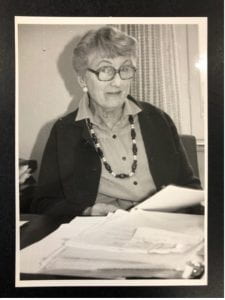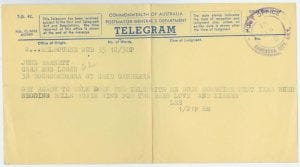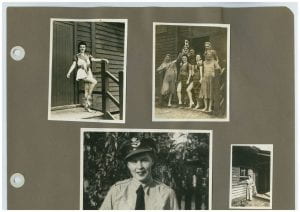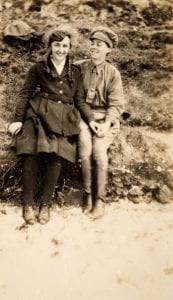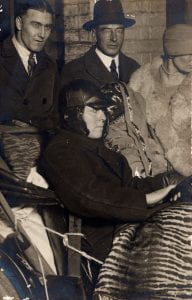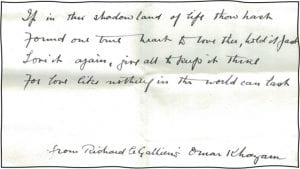Would you like to help us improve our website?
We’re looking to update and improve our website and need your help! Do you have 5 minutes to take a quick test of our new web structure? We want to make our wonderful collection content easier for you to discover. You could win one of four $25 gift vouchers for your time.
